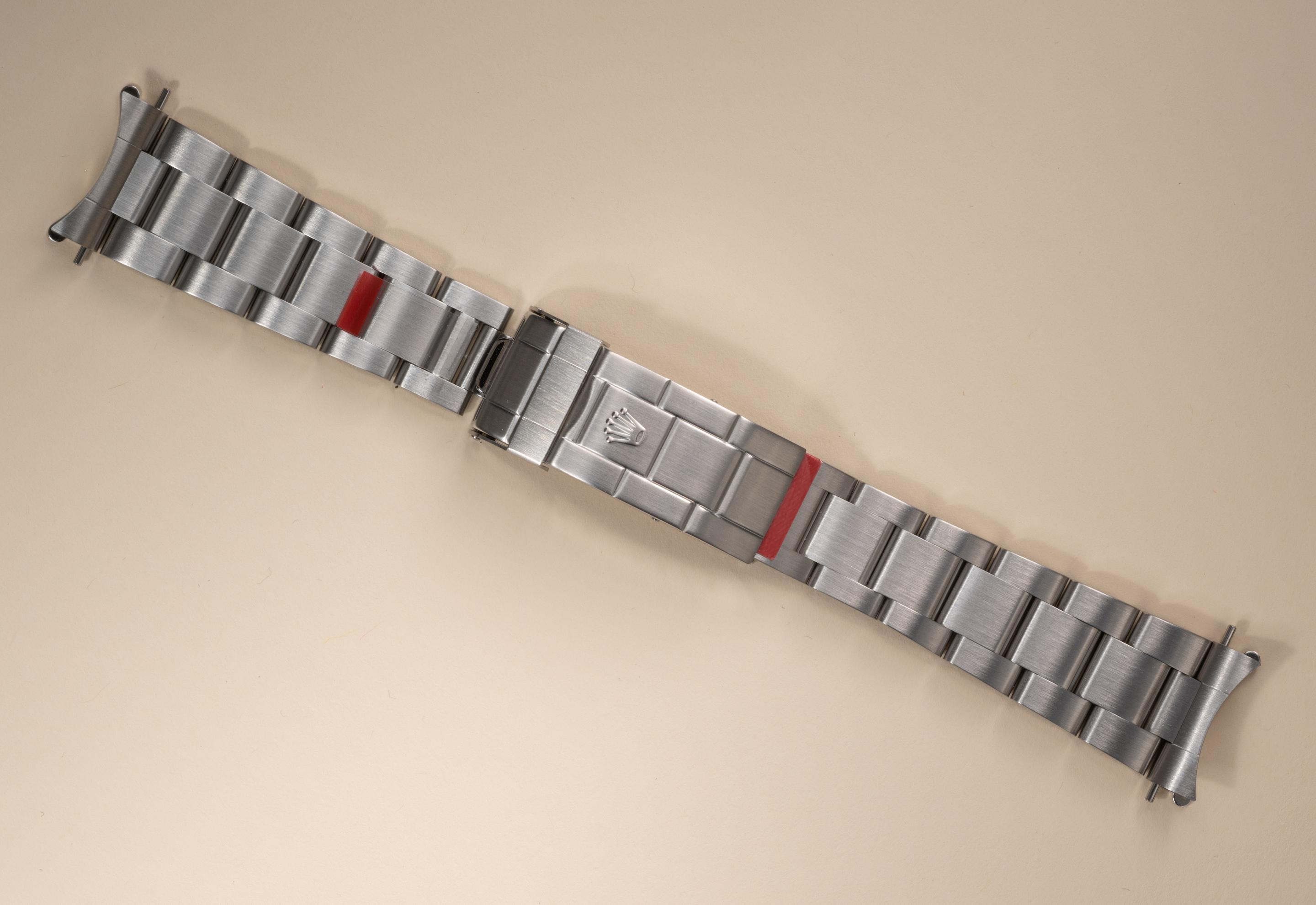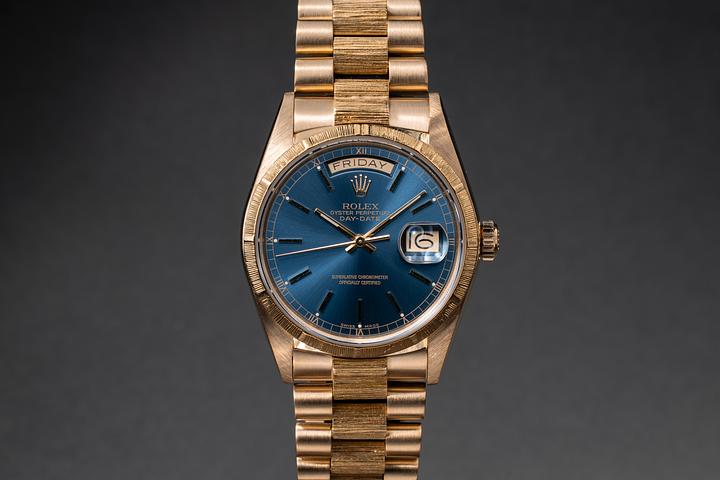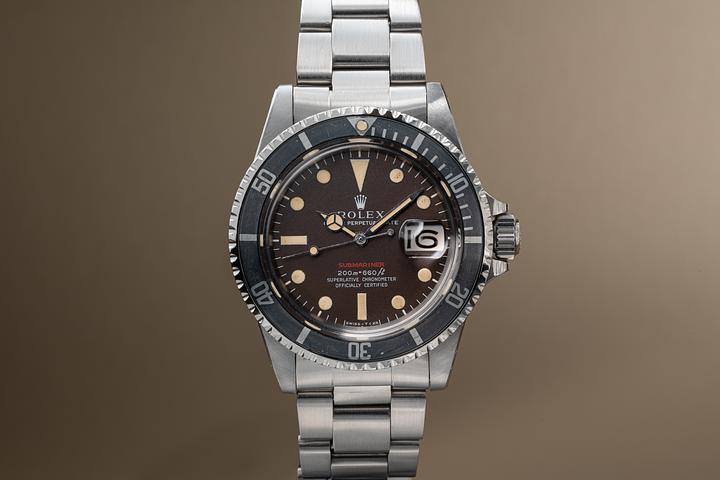Rolex Bracelets: Timeless Design Meets Swiss Precision

The Iconic Rolex Bracelet: A Testament to Swiss Craftsmanship and Timeless Design
In the world of horology, Rolex stands as a hallmark of precision, luxury, and unwavering innovation. While the brand often garners attention for its iconic timepieces and the complex mechanisms within, a critical component of the Rolex identity lies on the outer edge of every watch: the bracelet. Crafted with surgical accuracy and designed for both durability and elegance, Rolex bracelets are far more than accessory—they are engineering marvels, steeped in the history and ethos of Switzerland’s prestigious watchmaking tradition. This journal takes a detailed journey into the design evolution, types, and significance of Rolex bracelets within the larger narrative of Swiss craftsmanship.
The Foundation of Form and Function
Rolex bracelets are not merely stylistic appendages. Since the early 20th century, they have served as a perfect confluence of form and function, epitomizing the spirit of innovation embedded in Swiss watchmaking. The roots of the modern Rolex bracelet can be traced back to the early 1930s, when the company realized that a watch’s strap needed to be as reliable and enduring as the case and movement. Rolex took control of the design process, bringing bracelet production in-house to ensure every component met their rigorous standards. This practice set the tone for generations of design and technical evolution that would follow.
The Oyster Bracelet: Enduring Strength Since 1930
First introduced in the late 1930s, the Oyster bracelet has become synonymous with Rolex’s sports models and is perhaps the most recognizable in the collection. Built with three flat, solid links, the Oyster balances strength with subdued elegance. Initially paired with the Rolex Oyster case, its utilitarian roots are visible in its robust construction which resists stretching over time—an essential feature for professional divers and pilots. Today, the Oyster bracelet continues to be featured on models such as the Submariner, Daytona, and GMT-Master II, proving its enduring relevance in both aesthetic continuity and technical reliability.
The Jubilee Bracelet: A Symbol of Celebration and Sophistication
Launched in 1945 alongside the unveiling of the first Datejust to commemorate Rolex’s 40th anniversary, the Jubilee bracelet marked a shift toward refined design. Its five-link construction made it more supple and ornate than the utilitarian Oyster, appealing to wearers looking for something elegant without compromising comfort. Although initially developed for the Datejust, it quickly gained a broader following and currently appears on select GMT-Master II models. With polished center links framed by brushed outer links, the Jubilee offers a distinct blend of casual luxury suitable for formal occasions and everyday wear alike.
The President Bracelet: The Epitome of Prestige
The President bracelet made its debut in 1956, accompanying the launch of the Day-Date—a timepiece worn by world leaders, dignitaries, and luminaries across disciplines. Characterized by its semi-circular three-piece links, this bracelet exudes refined sophistication. It is crafted exclusively in precious metals—yellow gold, white gold, Everose gold, and platinum—to align with the Day-Date’s prestigious identity. The President bracelet often features hidden Crownclasp closures, ensuring a seamless aesthetic. The combination of weight, material, and polish creates a tactile experience unique to this design, enhancing its role not just as a bracelet, but as a status symbol within the haute horlogerie universe.
The Pearlmaster Bracelet: Artistry in Every Link
The Pearlmaster bracelet, introduced in the 1990s, represents the zenith of Rolex’s creative artistry. Unlike its predecessors, it is used exclusively on Pearlmaster models, which are particularly known for their gemstone embellishments and luxurious cases. Composed of rounded five-piece links with high-polish finishes, the Pearlmaster bracelet is designed to enhance the elegance of watches that already stand as jewelry-grade timepieces. Crafted only in 18-karat gold or platinum, the feel on the wrist is fluid and sensual, aligning perfectly with Rolex’s vision of beauty without compromising strength. It reflects the brand’s capacity to fuse mechanical excellence with visual poetry.
Materials, Clasps, and Technological Innovations
Rolex's commitment to material integrity is unmatched. Whether using Oystersteel—a special 904L stainless steel alloy known for superior corrosion resistance—or Everose gold, Rolex ensures consistency across aesthetic and structural dimensions. Each bracelet is engineered with precision and tested under extreme conditions. The clasp mechanisms, including the Oysterlock, Crownclasp, and Easylink systems, blend security with user comfort. The Glidelock extension, notably found on the Oyster bracelet of the Submariner, allows micro-adjustments without the need for tools, reflecting the brand's thoughtful approach to utility. While bracelets may often go unnoticed in comparison to dial or bezel innovations, they remain indispensable in defining the Rolex wearing experience. Through meticulous craftsmanship and material excellence, the bracelet connects Swiss tradition with modern need, offering a tactile extension of timekeeping mastery. It's not just what fastens the watch to the wrist—it's what bonds Rolex to its wearer.




